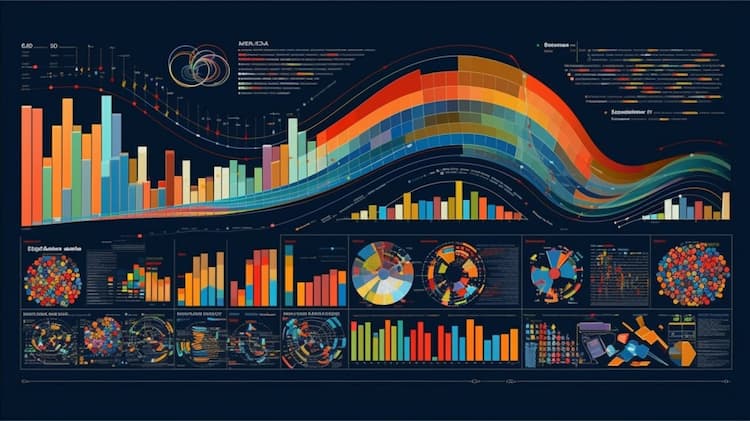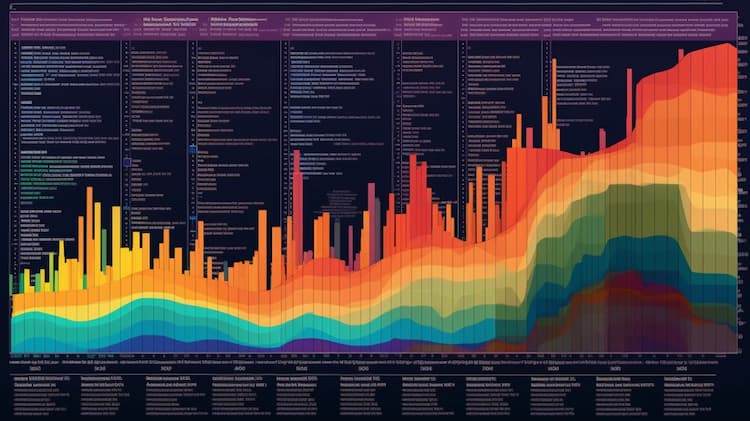
LQD VS HYG
Exchange-Traded Funds (ETFs) have become a cornerstone of modern investment strategies, offering a diversified and accessible way for investors to gain exposure to various sectors and asset classes. In this article, we will embark on an in-depth comparison between two prominent ETFs: LQD (iShares iBoxx $ Investment Grade Corporate Bond ETF) and HYG (iShares iBoxx $ High Yield Corporate Bond ETF). We'll scrutinize a range of critical factors including their tickers, full names, issuers, sectors, top holdings, capitalization, strategy, tracking, and exposure.
LQD Vs HYG: Overview
LQD and HYG are two ETFs that provide investors with access to the corporate bond market, yet they target distinct segments within this realm. While LQD is geared towards investment-grade corporate bonds, HYG focuses on high-yield corporate bonds. This fundamental difference in focus translates into divergent risk and return profiles, a subject we'll delve into in the ensuing sections.
LQD Vs HYG: Sectors and Top Holdings
The LQD ETF predominantly concentrates on investment-grade corporate bonds issued by stable companies with strong credit quality. On the other hand, HYG homes in on high-yield bonds issued by companies that may carry higher credit risk. By understanding the sectors and top holdings of these ETFs, investors can align their investment choices with their risk preferences and long-term objectives.
 LQD overlap LQD VS HYG
LQD overlap LQD VS HYG
LQD Vs HYG: Capitalization and Strategy
LQD boasts a substantial asset under management (AUM), reflecting its popularity among investors seeking stable income streams and relative safety. HYG's strategy involves investing in high-yield bonds, aiming to capture potentially higher returns but also assuming greater credit risk. The differing capitalizations and strategies of these ETFs lead to varying potential outcomes, necessitating thoughtful consideration by potential investors.
LQD Vs HYG: Tracking and Exposure
LQD aims to mirror the performance of an index composed of investment-grade corporate bonds. Its tracking mechanism involves holding a diversified portfolio of these bonds, allowing investors to participate in the overall performance of high-quality corporate debt. In contrast, HYG tracks an index of high-yield corporate bonds, presenting investors with exposure to the riskier, yet potentially more rewarding, segment of the bond market. Understanding these tracking and exposure methods empowers investors to make informed decisions based on their risk appetite.
Conclusion
LQD and HYG are distinct vehicles within the ETF landscape, catering to investors with differing risk preferences and income goals. Those seeking comprehensive insights into the holdings, correlations, overlaps, and other pertinent information can turn to ETF Insider, an intuitive application that offers a user-friendly experience. This platform equips investors with the tools they need to navigate the complexities of these and other financial instruments effectively.
Disclaimer: This article is intended solely for informational purposes and does not provide any investment advisory services.
Sources:
LQD quote and analysis
Discover the top holdings, correlations, and overlaps of ETFs using our visualization tool.
Our app allows you to build and track your portfolio.
To learn more about the LQD iShares iBoxx $ Investment Grade Corporate Bond ETF, access our dedicated page now.
FAQ
Why is LQD better than HYG?
LQD may be considered better than HYG for some investors due to its specific focus, offering diversification.
Does HYG beat LQD?
HYG's performance relative to LQD will vary over time, depending on market conditions.
Should I invest in LQD or HYG?
The choice between LQD and HYG should align with your investment goals, risk tolerance, and desired exposure.
Are LQD and HYG good investments?
Both LQD and HYG can be suitable investments depending on individual investment strategies, goals, and risk profiles.
What is the correlation between LQD and HYG?
The correlation between LQD and HYG can vary over time, reflecting differences in performance.





